11 Underrated First Foods for Babies that Are Easy to Find

When it comes to starting solids, it’s easy to stick with the usual suspects like rice cereal and bananas. But babies benefit from variety early on, not just for nutrition, but for developing adventurous taste buds. The truth is, some of the best first foods are already sitting in your kitchen, often overlooked for flashier options. From iron-rich lentils to creamy avocado and sweet mango, these underrated staples are easy to find, inexpensive, and packed with the nutrients babies need most during their first big leap into real food.
1. Avocado: creamy fat that powers brain and growth
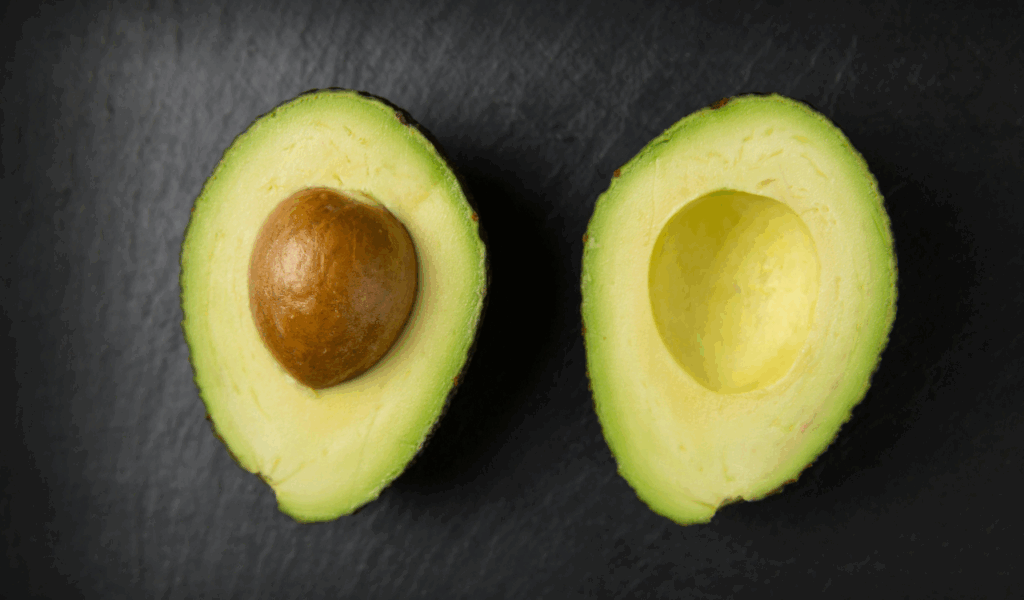
Avocado is almost perfect as a first food because it gives concentrated, healthy monounsaturated fat in a spoonable, forgiving texture. Mash a ripe avocado into a smooth puree or cut it into soft strips for self-feeding once the baby shows good chewing skills. Its mild flavor makes it an easy mix-in with breast milk, formula, or pureed fruit and vegetables. Nutritionally, the fats support brain development and calorie needs without much prep. Because avocado oxidizes quickly, prepare it fresh and discard leftovers after a short fridge rest.
2. Butternut squash: sweet, soft, and full of beta carotene
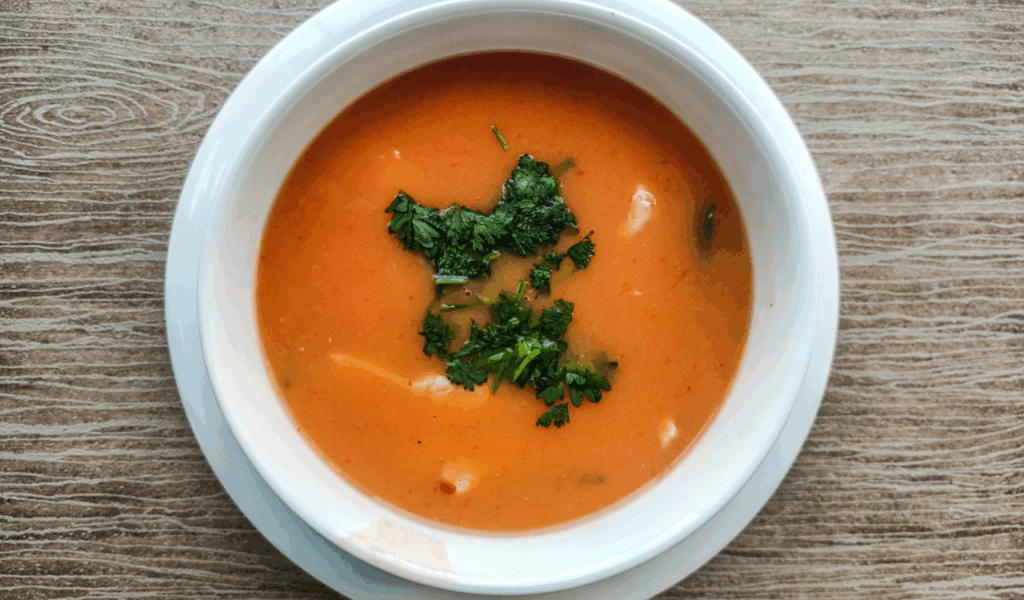
Butternut squash cooks down to an ultra-soft puree that almost melts in a baby’s mouth, making it ideal for early spoon-feeding. Roast, steam, or boil until completely tender, then mash or blend with a little cooking liquid for a silky consistency. It’s an excellent source of vitamin A precursors that help vision and immune function. Because it’s naturally sweet, babies usually accept it readily. If serving as finger food, cool it thoroughly and cut into soft, manageable pieces to avoid choking risks.
3. Bell pepper: colorful vitamin C with gentle texture after roasting
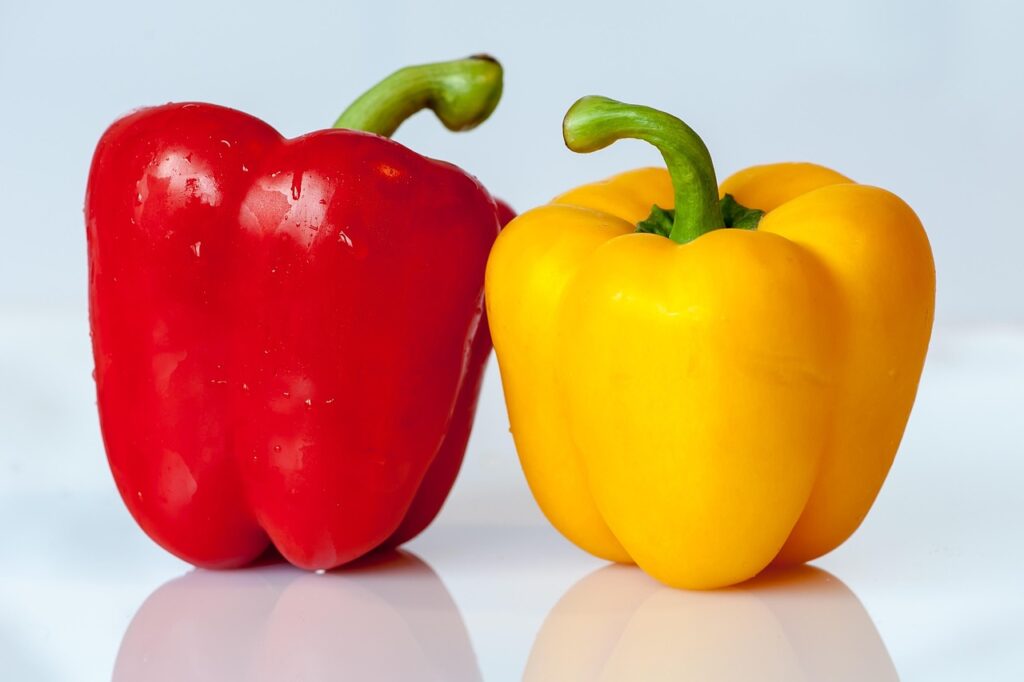
Raw bell pepper is too firm for the early stages, but roasting softens the flesh and brings out the natural sweetness that babies enjoy. Remove the skin and seeds, then puree or finely chop the roasted pepper for spoon-feeding or serve as soft strips for older babies. Bell peppers are high in vitamin C, which helps with iron absorption when paired with iron-rich foods. Introduce one color at a time and start small; some babies may show mild redness around the mouth from acidity, which is temporary and harmless.
4. Chickpeas: plant protein with a creamy mashable texture

Cooked chickpeas are a great source of fiber, protein, iron, and zinc, and they mash into a smooth, textured puree that’s ideal for spoon or finger feeding. For early stages, puree cooked chickpeas with water, breast milk, or formula until very smooth. For older babies, lightly smash whole chickpeas or blend them into soft patties that hold together. If using canned chickpeas, rinse them thoroughly to remove excess salt. Homemade cooked versions are best for controlling sodium while offering easy-to-digest plant-based nutrition.
5. Eggs: nutrient-dense, versatile, and simple to prepare safely
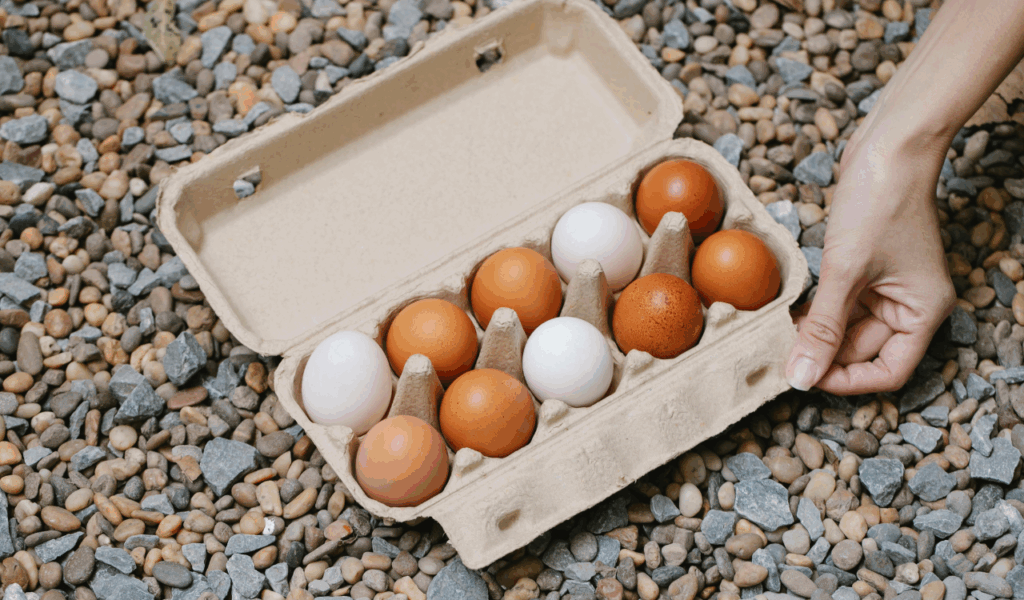
Eggs deliver high-quality protein, choline, and B vitamins that support brain and muscle development. Serve fully cooked yolks and whites to eliminate bacteria risk. Scrambled, hard-boiled, or baked into mini frittatas all work well. For babies starting solids, mash the yolk with a little breast milk or formula for a smoother texture. Current feeding guidance suggests introducing eggs early to reduce allergy risk, but do so one new food at a time. Eggs are an easy, inexpensive way to boost protein and iron in a balanced diet.
6. Green peas: small, sweet, and packed with nutrients
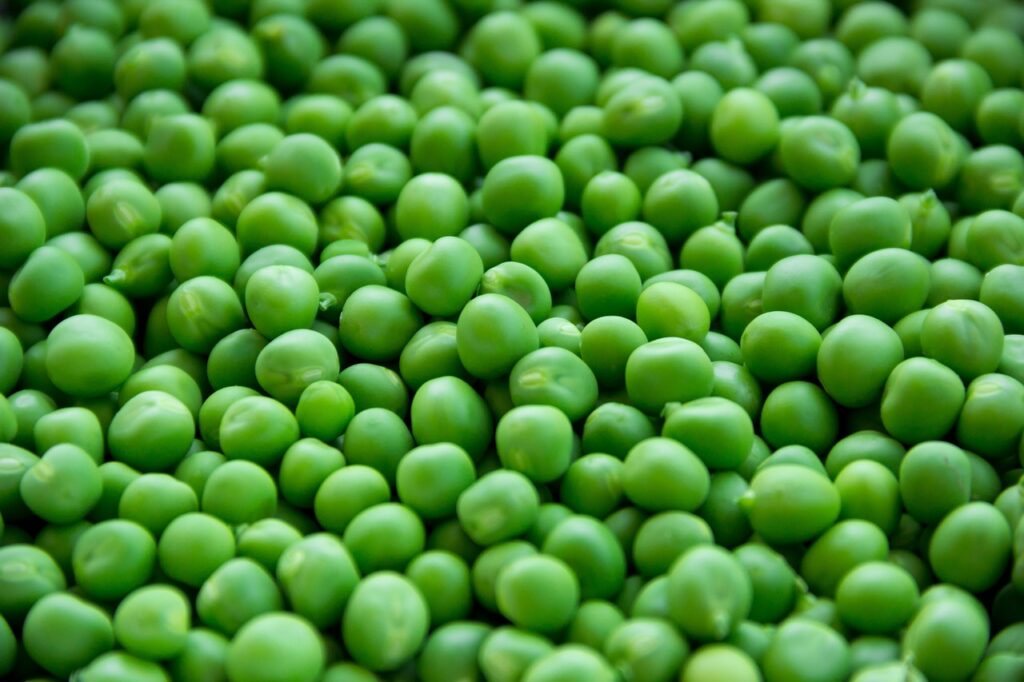
Peas are tiny but mighty, offering protein, fiber, vitamin C, and vitamin K. Steam or boil them until very soft, then puree or mash for an early-stage food. Older babies can handle lightly squashed whole peas, which are perfect for practicing the pincer grasp. Because peas have a mild flavor, they pair easily with nearly anything – carrots, potatoes, or even chicken. Frozen peas are a convenient and nutritious option when fresh ones are out of season, and they retain their color and flavor when properly cooked.
7. Lentils: gentle legumes high in iron and folate
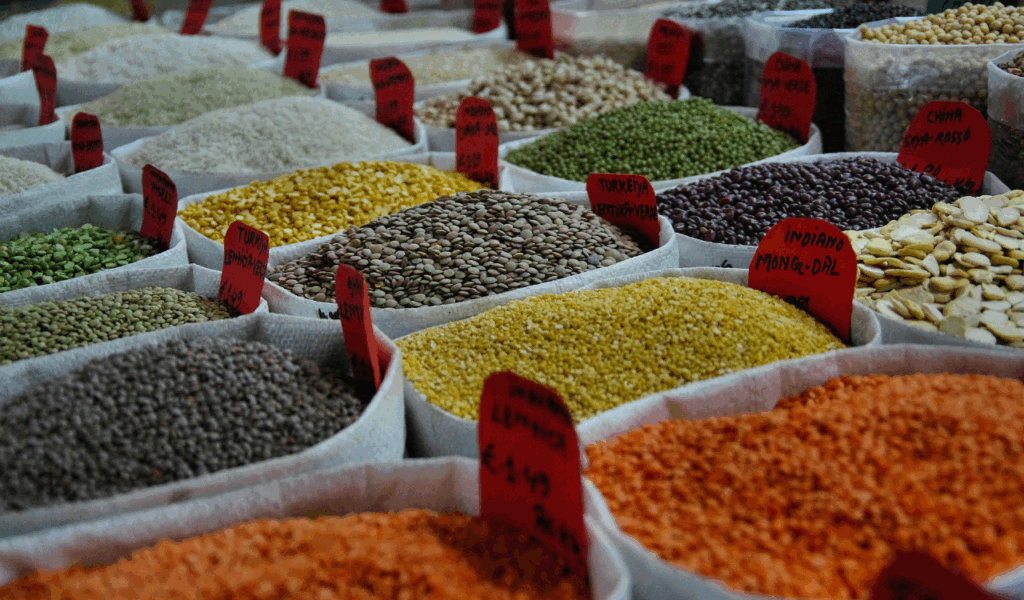
Lentils cook quickly and turn soft enough for easy mashing, making them an excellent first legume. Red lentils are especially baby-friendly because they break down easily in water or broth. They’re rich in iron, folate, and plant-based protein, which support healthy growth. Keep seasoning minimal for infants and add a drop of olive oil for better absorption of fat-soluble vitamins. Lentils also mix well with pureed vegetables, creating balanced meals that fill babies up while introducing new flavors and textures safely.
8. Liver: small portions packed with iron, zinc, and choline
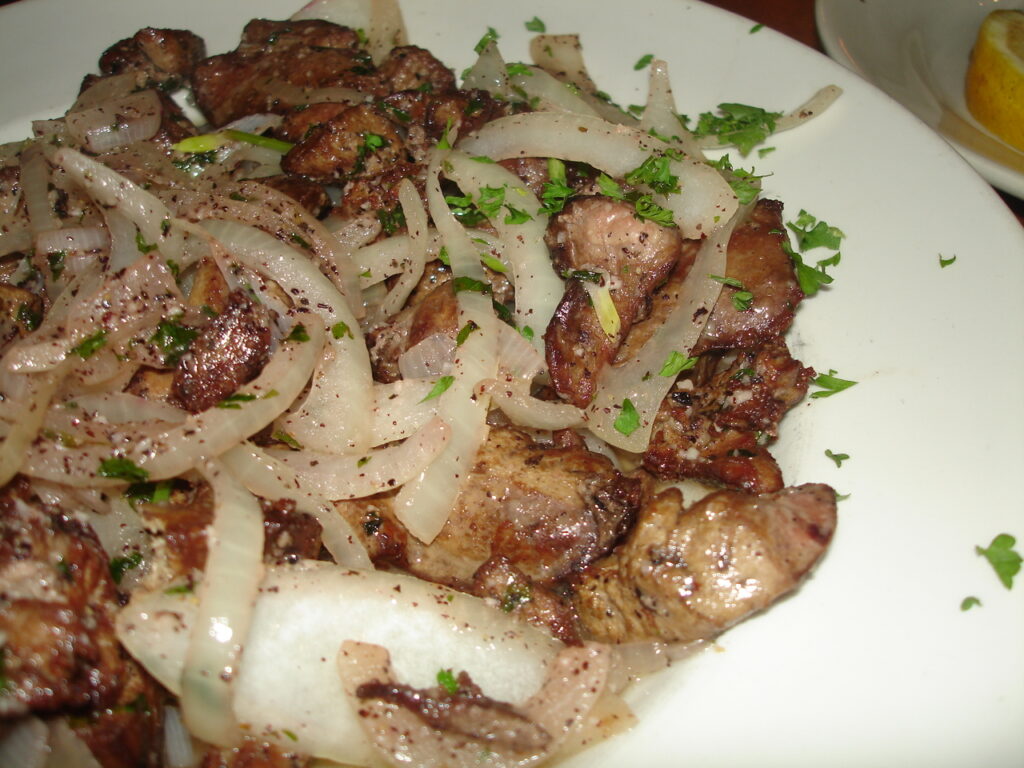
Liver is one of the most nutrient-rich foods available and ideal for boosting iron stores in babies who are transitioning off milk-only diets. To prepare, soak briefly in milk or lemon water to reduce strong flavors, then cook thoroughly and puree with mild vegetables like apple or sweet potato. Because it’s rich in vitamin A, serving small portions, just a teaspoon or two at a time, is plenty. Offer occasionally as part of a varied diet rather than daily, ensuring both safety and nutrient diversity.
9. Mango: naturally sweet and easy for beginners
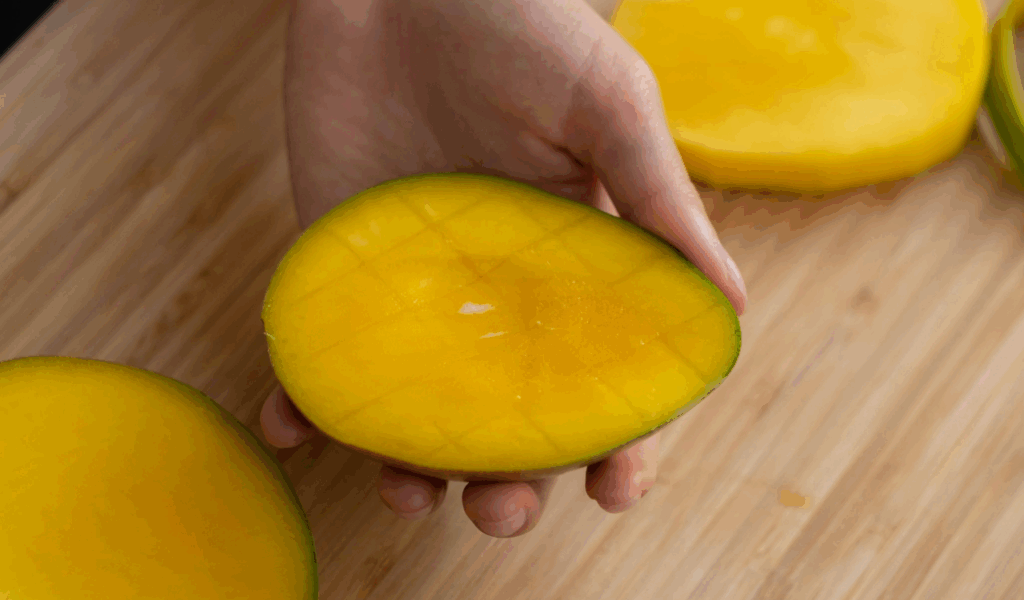
Ripe mango is smooth and fragrant, offering vitamin C and beta carotene in a soft, appealing texture. Peel and dice the fruit, then puree or mash depending on the baby’s age. Mango’s natural sweetness makes it an easy win with babies who are new to solids. It’s also a good partner for oatmeal, yogurt, or mashed grains. Because it can be slightly sticky, offer water afterward to help rinse the mouth. Fresh mango is best, but frozen versions thaw quickly and keep their bright flavor all year long.
10. Iron-fortified oats or millet: wholesome grains that build strong foundations
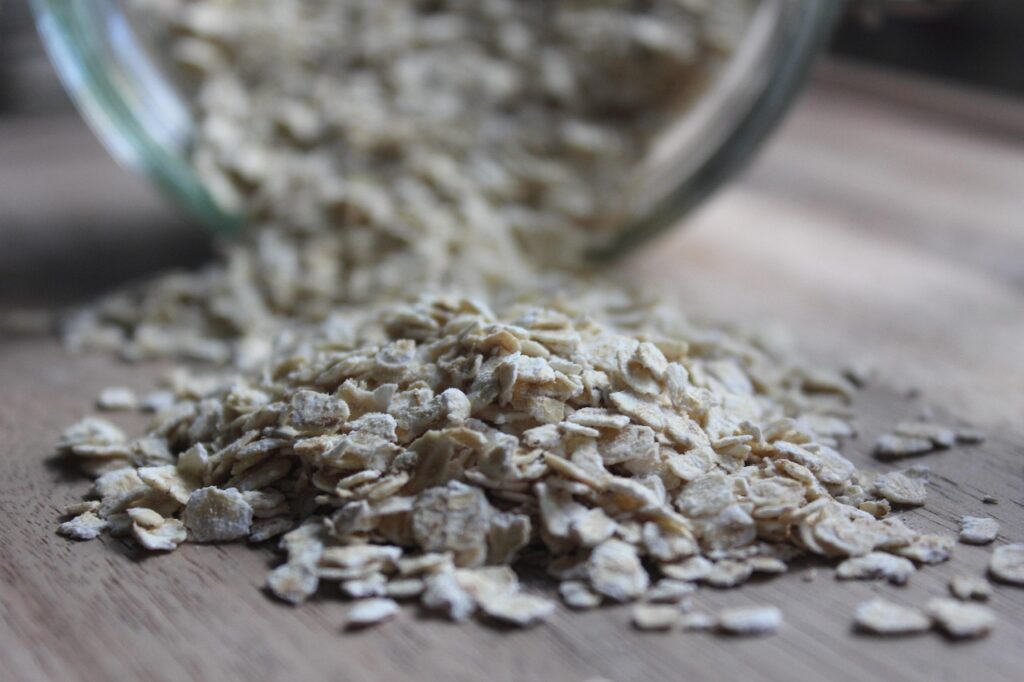
Iron-fortified oats or naturally iron-rich millet make ideal first grains because they’re gentle, filling, and easy to customize. Cook the grains until very soft, then thin with breast milk, formula, or water to create a smooth porridge. These grains provide energy and nutrients that complement fruits, vegetables, and proteins. Mix in mashed banana or avocado for extra calories and texture variety. Iron-fortified options are especially useful for babies who need extra dietary iron during the transition to solids.
11. Broccoli: tender florets full of vitamins and flavor

Steamed broccoli softens into baby-friendly bites that supply vitamins C and K, along with folate and fiber. For beginners, blend cooked florets with water or milk into a smooth puree. Older babies can practice self-feeding with very soft florets that are easy to hold and chew. Because broccoli has a strong flavor, it pairs nicely with sweeter vegetables like carrots or squash for better acceptance. Frozen florets work just as well as fresh ones when cooked until completely tender and safe to squish between fingers.





